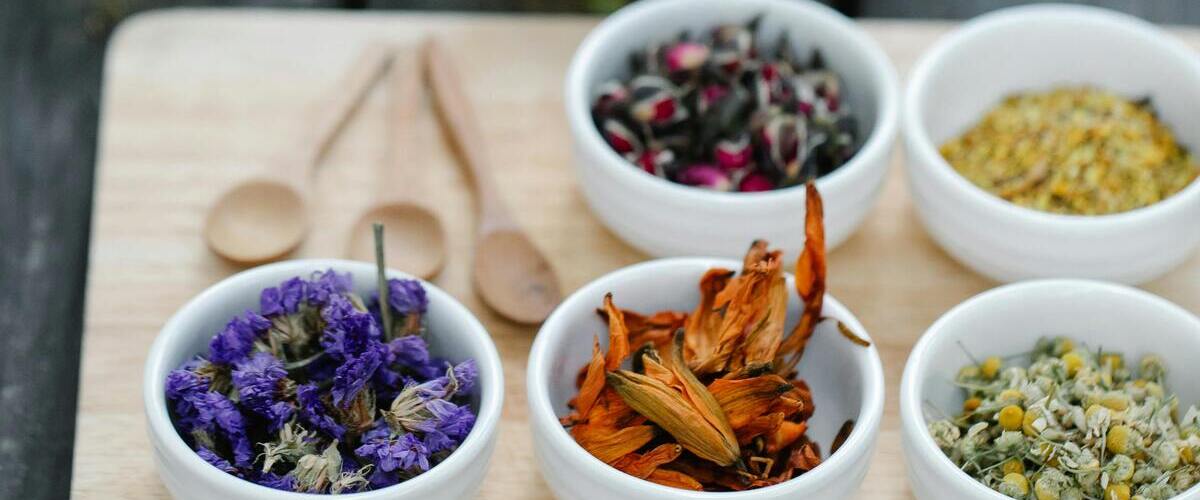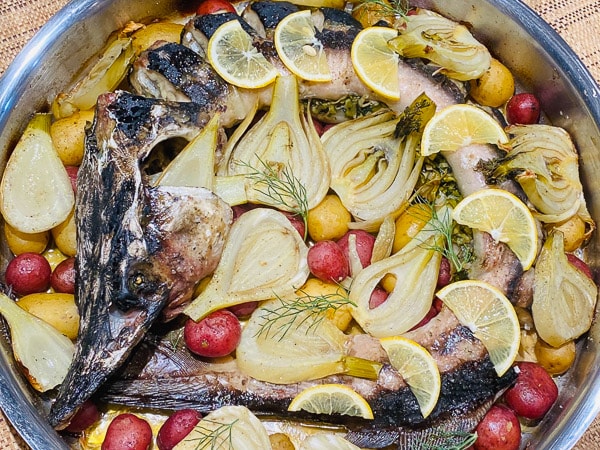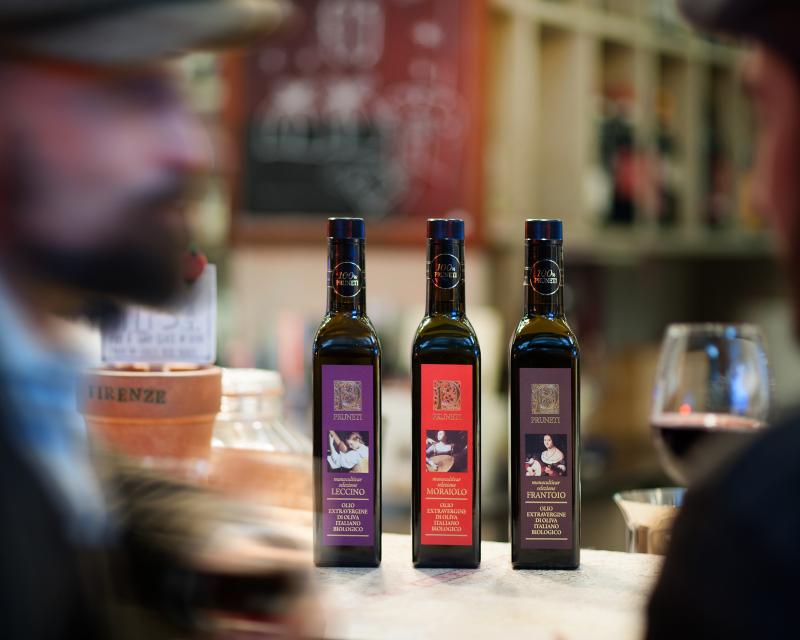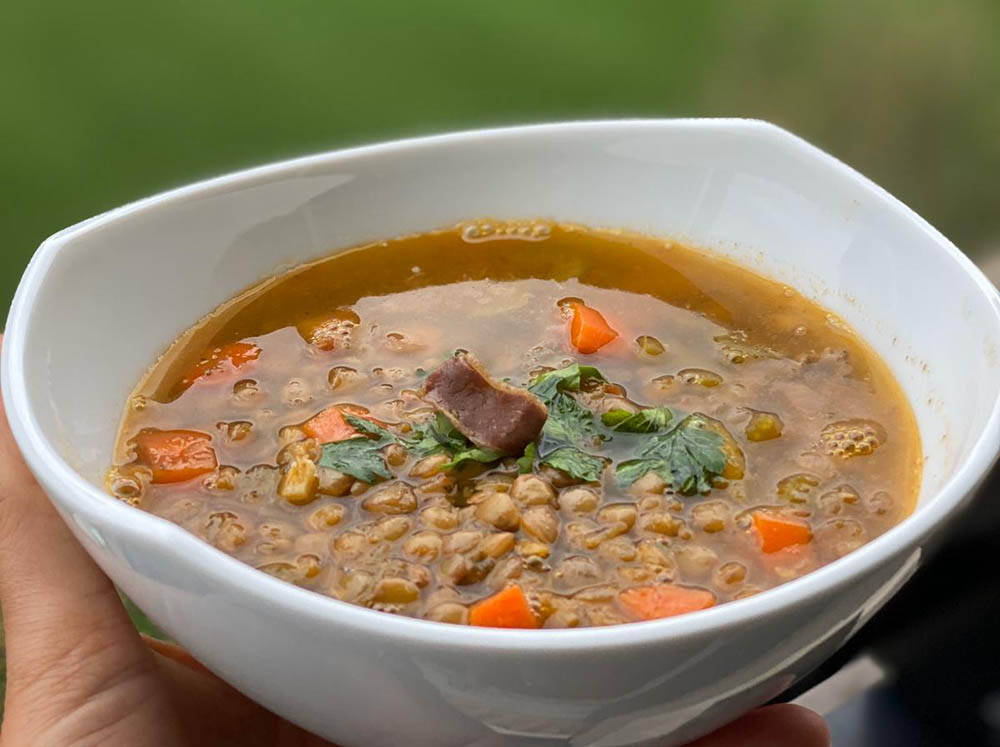The World of Exotic Tea Varieties: From Matcha to Oolong
Are you looking to broaden your tea-tasting horizons? Join us in exploring the magnificent world of exotic teas! From fragrant matcha green teas to cinnamon-infused Chinese Oolong varieties, the sheer range of delicious and healthful options available offers something for everyone from novice tasters to seasoned connoisseurs. Whether you're an aspiring home chef or just searching for a cup of comfort after a long day, discovering these unique combinations opens up opportunities for exploration and delightful discoveries. Allow yourself to be guided into the realm of exceptional teas -- fill your cup with exciting new flavors today!
Understanding the Different Types of Tea

For those who love tea, it's not just a beverage - it's a way of life. But with so many options available, it can be challenging to understand the differences between them all. From black tea to green tea, herbal tea to oolong, each type has its unique flavor profile, caffeine content, and health benefits. As a passionate tea enthusiast, let me guide you through the wonderful world of tea, showing you the nuances and subtleties of each type. Whether you prefer a bold and robust brew or a delicate and nuanced cup, I'm confident that once you understand the different types of tea, you'll be able to find the perfect blend to suit your tastes and preferences. So, let's raise a cup together and explore the many facets of this mystical and fascinating drink.
a. What is black tea, green tea, white tea, oolong, and matcha
Tea is more than just a hot beverage. It's a flavorful experience that can calm the mind, invigorate the body, and tantalize the taste buds. From the classic black tea to the delicate white tea, each type of tea has its own unique flavor and texture. Black tea is a robust, full-bodied drink that's perfect for waking up in the morning. Green tea is smooth and refreshing, with a light vegetal taste that's perfect for sipping in the afternoon. White tea is a delicate, subtly sweet tea that's often sipped in the evening to unwind. Oolong tea sits somewhere between black tea and green tea, with complex flavor notes and a floral aroma. Finally, matcha is a powdered green tea that's whisked with hot water, creating a frothy, creamy drink that's perfect for sipping on its own or using as a base for lattes and other recipes. No matter which type of tea you choose, you're sure to discover a new world of flavor and relaxation.
Exploring the Origins of Exotic Teas
Tea has been enjoyed for centuries and has become an integral part of many cultures around the world. However, the origins of exotic teas may be unknown to many. From the heat of the African savannah to the misty mountains of China, exotic teas have diverse roots that come with a rich history. The history of tea is fascinating, and finding out where your favorite exotic tea comes from can be just as intriguing. Whether it's oolong from Taiwan, echinacea tea from North America, or Masala chai from India, each tea has a unique story to tell. Exploring the origins of exotic teas is not only a journey into the past but also a journey into the present as we learn how different teas influence our culture and daily lives.
a. Discovering Chinese and Japanese teas and their cultural significance
For centuries, the drinking of tea has been an integral part of Chinese and Japanese cultures. From the tea ceremonies of Japan to the intricate brewing methods of Chinese tea masters, the preparation and consumption of tea is steeped in tradition and symbolism. Chinese teas are renowned for their complex flavors and aromas, with each variety boasting unique properties that are believed to offer a range of health benefits. Meanwhile, Japanese teas are typically more delicate and fragrant, drawing on centuries of meticulous cultivation practices to create a rich and nuanced taste. With their fascinating histories and cultural significance, exploring the world of Chinese and Japanese teas is an experience like no other – one that is sure to leave you with a greater appreciation for these rich and diverse cultures.
A Brief History of Tea Cultivation
Since the discovery of tea, this beverage has played a vital role in countless cultures. Tea was believed to have been first cultivated in China over 5,000 years ago. As trade routes expanded, tea made its way to other countries and soon became a staple in many households. What was once a drink reserved for emperors and aristocrats, tea became accessible to all and elevated the social experience of drinking tea to a whole new level. Tea has served as a symbol of culture and hospitality throughout history and continues to be an important part of ceremonies and daily life in many countries. Its rich history and cultural significance make tea a beverage worth experiencing and learning about.
a. From India to Europe and beyond - follow the tea trail!
Do you love tea? Did you know that the tea trail spans across India, Europe, and beyond? Follow this trail and you'll discover tea's rich history and cultural significance. From India, the birthplace of tea, to the opulence of 17th century Europe, tea has long played a vital role in our world's trade and economy. Beyond the historical significance, tea offers a wealth of health benefits when consumed in moderation. I invite you to journey along the tea trail with me and discover the rich heritage and endless possibilities of this beloved beverage.
Brewing Tips for Exotic Teas
If you're someone who loves to explore the exotic flavors of tea, you'll want to make sure you're brewing it properly. Savoring every flavor note and perfecting the brew can sometimes feel like a daunting task, but with a few simple tips, you can become an expert tea brewer. First and foremost, it's important to pay close attention to the recommended steeping time and water temperature for each individual tea. A few degrees too hot or too cold can greatly affect the taste of your tea. Additionally, using fresh, high-quality water can make all the difference. Lastly, don't forget to experiment with different brewing methods, such as gong fu or grandpa-style brewing, to truly discover the unique flavors in each tea. Happy brewing!
a. Learn how to brew your favorite type of tea for optimal flavor
Tea has been enjoyed for centuries, not only for the taste but also for the health benefits it provides. However, the perfect cup of tea isn't just a matter of boiling water and steeping the leaves. To truly savor the flavor and aroma of your favorite type of tea, it's essential to understand the importance of water temperature, steeping time, and even the vessel you use. By investing a little time and effort, you can unlock the full potential of your tea and create a delightful experience for yourself or guests. With a few simple techniques and a dash of passion, you'll be brewing your favorite tea to perfection in no time.
Health Benefits of Drinking Exotic Teas
Drinking tea is a centuries-old tradition that has been enjoyed by many cultures around the world. While the health benefits of traditional teas have been widely studied, the health benefits of drinking exotic teas are just beginning to gain recognition. Exotic teas can provide a host of health benefits, ranging from reducing inflammation and boosting the immune system to improving digestion and promoting relaxation. Many exotic teas contain high levels of antioxidants, which can help to protect the body from damage caused by free radicals. So the next time you're looking for a healthy and delicious way to boost your well-being, consider trying an exotic tea. You'll be amazed at the difference it can make in your life!
a. Understanding the health benefits associated with drinking specialty teas
Specialty teas are not only a delicious drink, but they also offer numerous health benefits that have been known for centuries. From boosting immunity to soothing digestive issues, specialty teas are packed with antioxidants, vitamins, and minerals. For example, chamomile tea can help calm the mind and reduce stress levels, while green tea has been shown to improve heart health and reduce the risk of certain types of cancer. Whether you prefer black tea, white tea, or herbal blends, there is a specialty tea that can meet your health needs. So sip up and enjoy the many benefits of these flavorful and nutritious teas.
DIY Tea Recipes For Your Home Kitchen
Are you tired of the same old tea bags from the grocery store? Take your tea game to the next level with some easy, yet delicious DIY tea recipes for your home kitchen. From fruity iced teas to cozy warm blends, there are endless possibilities to fit your taste buds. Not only will you enjoy the scrumptious flavors, but steeping your own tea using natural ingredients is also a healthier option. Get creative and experiment with herbs, spices, and fruits to make a customized tea that satisfies your cravings. With a few simple steps, you'll have a fragrant and invigorating cup of tea that will make you feel like a tea connoisseur in no time.
a. Get creative with recipes like chai latte and matcha mochi cake!
There's nothing like experimenting with your favorite recipes to unleash your creativity in the kitchen! Whether you're in the mood for a cozy cup of chai latte or a sweet treat like matcha mochi cake, there are countless ways to get creative and elevate these classic flavors. Don't be afraid to experiment with ingredients and techniques, from adding a dash of cinnamon to your chai to incorporating vibrant green tea powder into your cake batter. With a little bit of passion and confidence, you can take your culinary skills to the next level and create mouth-watering dishes that are sure to impress. So embrace your inner chef and get creative with these delicious recipes today!
Chai Latte Recipe
Ingredients:
- 2 cups of milk (dairy or plant-based)
- 2 tsp of chai tea leaves (or 1 chai tea bag)
- 2 tbsp of honey, maple syrup, or agave nectar
- 2 cardamom pods, lightly crushed OR 1/4 tsp ground cardamom
- Pinch of ground ginger OR a small piece of fresh ginger root, peeled and finely grated
- Pinch of ground cinnamon OR 1 cinnamon stick
- Optional: Pinch of freshly cracked black pepper OR pinch of nutmeg.
Instructions:
- Heat the milk in a saucepan over medium heat until it's steaming.
- Add the chai tea leaves (or bag), honey, cardamom pods (or ground cardamom), ginger (grated or in stick form), and cinnamon. Stir and allow to steep for 4-5 minutes.
- Strain the mixture into a mug, using a fine mesh sieve or strainer if necessary.
- Sweeten with honey, maple syrup, or agave nectar as desired and add an optional pinch of freshly cracked black pepper or nutmeg for extra flavor if desired.
- Enjoy your homemade chai latte!
Matcha Mochi Cake Recipe
Ingredients:
- 1 cup mochiko (sweet rice flour)
- 1/4 cup granulated sugar
- 2 tsp baking powder
- 1/2 cup coconut milk or other plant based milk of choice
- 4 tbsp melted butter or vegan butter alternative
- 1/4 cup matcha powder
- 2 egg whites* OR 3 tablespoons aquafaba (*omit for vegan version)
Instructions:
- Preheat oven to 350 degrees F and line a standard loaf pan with parchment paper.
- In a large bowl, whisk together the mochiko, sugar and baking powder until combined. Add in the coconut milk, melted butter, and matcha powder and mix until a thick batter forms.
- If using egg whites (not vegan version), beat them with an electric mixer until they form stiff peaks. Gently fold the egg whites into the mochi cake batter.
- Pour the cake batter into the prepared loaf pan and bake for 30-35 minutes or until a toothpick comes out clean when inserted into the center of the cake.
- Allow to cool completely before slicing and serving.
After baking, you can also garnish your matcha mochi cake with some chopped nuts or dried fruit for extra flavor and texture if desired! Adding a creamy drizzle of melted white chocolate to the top is also a delicious option. Enjoy!
To sum up, the world of tea offers much to explore and enjoy, including different types, origins, a brief history of cultivation, brewing tips for optimal flavor enjoyment, and health benefits. From black tea to green tea, oolong to matcha, Chinese teas or Japanese teas - even DIY tea recipes you can make in your home kitchen - there's no end to the exploration and excitement that exotic teas have to offer! Growing increasingly popular and beloved all over the world, these varied flavors only add to our appreciation for the art of relaxing with a cup of hot - or cold - tea. Whether you go on a journey into the depths of complete understanding or take it one step at a time - take some time out of your day to enjoy an exotic cup of tea.






